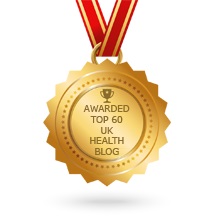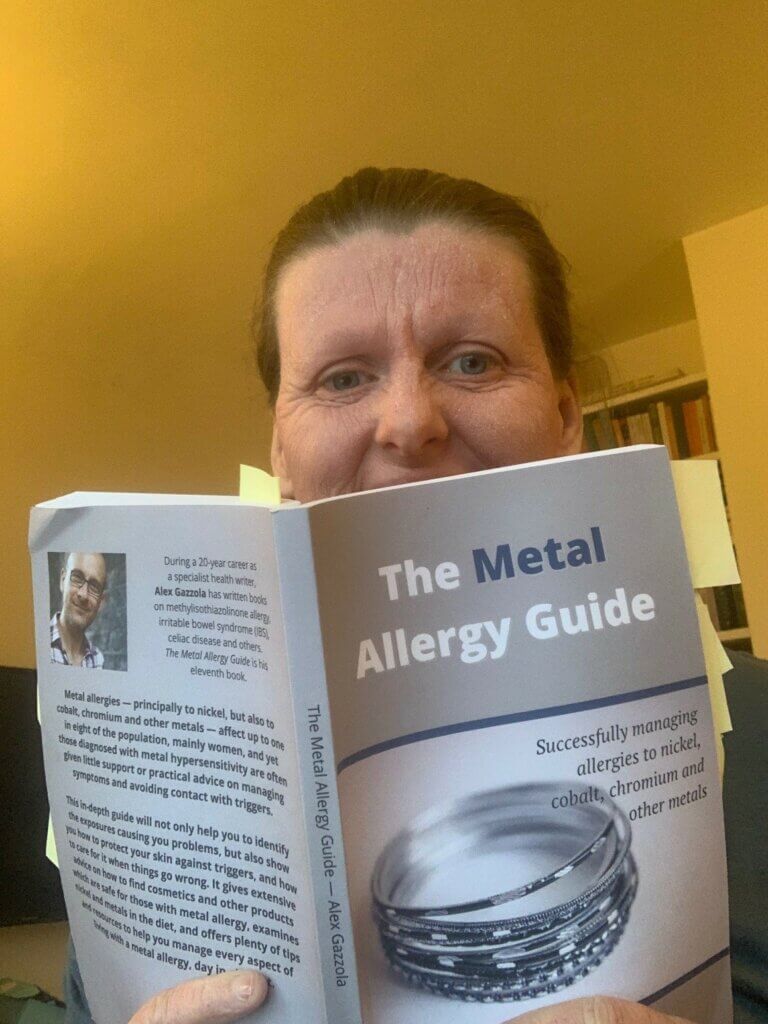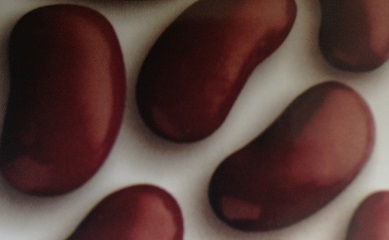Nickel allergy is an allergic reaction that’s characterised by red and itchy skin with rashes or bumps. It is caused by contact with objects that release nickel into the skin. An allergic reaction to nickel could also be triggered by consuming food items that contain nickel.

How Common Is Nickel Allergy?
Contrary to what most people believe, nickel allergy is extremely common in most parts of the world. In fact, nearly 12-15% of women and 1-2% of men are affected by nickel allergy. Also, it is one of the leading causes of allergic contact dermatitis.
That is not surprising considering the wide prevalence of nickel in various items of daily use, such as:
- Jewellery
- Wristwatches
- Belt buckles
- Zips
- Buttons
- Keys
- Coins
- Mobile phones
- Orthodontic braces
Nickel is also used to manufacture certain types of surgical instruments. Additionally, small amounts of nickel are found in the following foods:
- Soy products, such as tofu and soy milk
- Grains, such as oats and buckwheat
- Fresh vegetables, such as broccoli and cauliflower
- Fresh fruits, such as bananas and pears
- Canned fruits and vegetables
- Chocolate and cocoa powder
What Causes Nickel Allergy?
As with any allergic reaction, nickel allergy symptoms result from an adverse immune response to the metal. If a person is sensitive to nickel, their immune system mistakenly recognises the metal as a harmful substance. This, in turn, results in the release of chemicals to fight off the intruder, triggering an allergic reaction.
The precise reason behind why a person develops nickel allergy is not known. Research indicates that some people might be genetically predisposed to developing nickel allergy. Also, women are more likely than men to suffer from nickel allergies.
It is worth mentioning that triggering an immune response to nickel requires direct and prolonged contact with an object that releases a significant amount of nickel into the skin. Moreover, once a patient develops nickel allergy, they will experience an allergic reaction every time they come in contact with the metal.
What Are the Symptoms of Nickel Allergy?
Crowdsourced and AI analysed data from StuffThatWorks indicates that the most widely reported symptoms of nickel allergy include:
- Itchiness
- Skin rash
- Fatigue
- Joint pain
- Brain fog
- Urticaria (hives)
- Blisters
- Redness
- Eyeglasses
Among these symptoms, skin rash and itchiness are the most indicative of nickel allergy. A majority of user reports also feature urticaria as an indicative symptom of the allergy.
Most patients start developing symptoms within the first 12 to 48 hours of direct contact with nickel. Depending on the intensity of the allergic reaction, these symptoms can last for two to four weeks.
The skin reaction to nickel is localized to the area that has been exposed to the metal. Some patients also develop dry, discolored and scaly skin with a burning sensation. Additionally, fluid-filled blisters are one of the most common symptoms of severe nickel allergy.
Severe nickel allergy symptoms also include:
- Breathing problems
- Diarrhea
- Bloating
- Constipation
- Chronic fatigue
- Brain fog
In rare cases, patients can also develop allergic asthma due to an immune response to nickel. It is important to consult a licensed physician or dermatologist as soon as a patient starts developing severe symptoms.
What Treatment Options Are Available for Nickel Allergy?
As is the case with most allergies, nickel allergy will not miraculously go away once a patient’s immune system identifies the metal as an intruder. However, there are certain treatments available to alleviate the symptoms of nickel allergy.
The most commonly used treatments for nickel allergy include:
- Oral corticosteroids, such as prednisone
- Oral antihistamines, such as cetirizine
- Topical corticosteroid creams, such as betamethasone dipropionate
- Topical non-steroidal creams, such as tacrolimus
Typically, antihistamines are prescribed to reduce skin itching. On the other hand, corticosteroids are commonly used to treat severe nickel allergy symptoms. Patients are advised to exercise caution when administering corticosteroids (topical or oral).
Additionally, prolonged use of corticosteroid creams can lead to topical steroid withdrawal once they stop the treatment. It is essential to follow the physician’s instructions regarding dosage and duration of treatment with corticosteroids.
Natural Treatments for Nickel Allergy
Oral and topical medications are effective in alleviating nickel allergy symptoms. However, patients can also follow simple home remedies to heal their skin. Applying calamine lotion helps ease skin irritation and itching.
Additionally, moisturizing the skin with a lotion or petroleum jelly soothes dry and scaly skin. It also helps create a barrier on the skin that provides protection from nickel-releasing objects.
Applying a wet compress on the affected area is a good idea as well. It dries out and heals fluid-filled blisters in case of a severe allergic reaction.
Prevention of Nickel Allergy
In most patients, nickel allergy is a life-long condition. While medical treatment and home remedies provide symptomatic relief, they cannot cure the condition. The best way of preventing an allergic reaction is to avoid direct contact with nickel for prolonged periods.
That involves checking with retailers, designers and manufacturers before purchasing any piece of jewelry or clothing. Also, they should use covers for their smartphones to prevent exposure to nickel.
Additionally, if a patient is undergoing surgery, they should inform the surgeon’s team about their condition. The same applies to patients about to undergo a dental procedure or have to buy new eyeglasses. It is just as important as avoiding foods that contain nickel.
People with nickel allergies should also stay away from stainless steel utensils and cookware. They should also avoid cooking with utensils that have metallic handles.
A Life With Nickel Allergy
While nickel allergy is a fairly common condition, it is not life-threatening. Patients are not likely to experience anaphylactic shock as a result of the condition. The most severe nickel allergy symptoms include blisters, respiratory distress, chronic fatigue, etc. It is important to keep an eye out for these symptoms and seek immediate medical care.
Preventing direct contact with nickel also plays a key role in managing the condition. Patients are advised to exercise caution while purchasing new jewellery, clothing and other items of daily use. They should also disclose their condition to medical professionals before undergoing any diagnostic test or surgical procedure.
You may also like
I’ve written so many blogs about nickel allergies now so here are a few more you might like:
- 10 tips for coping with a nickel allergy
- The Metal Allergy Guidebook Review
- Patch testing for allergy triggers
- Good and bad foods for a nickel allergy
Do you have a nickel allergy? What do you find the hardest?
Sponsored Post













Leave a Reply